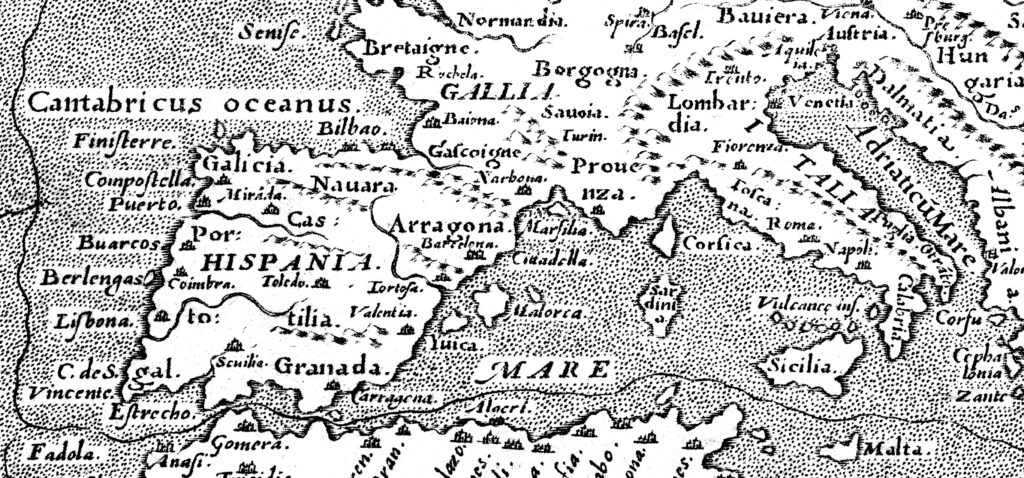By Barbara Mowat and Paul Werstine
Editors of the Folger Shakespeare Library Editions
Much Ado About Nothing is one of Shakespeare’s more popular comedies, with a long history of success on the stage. Much of its appeal lies in its two stories of romantic love with their quite different journeys to comedy’s happy ending. Hero and Claudio fall in love almost at first sight; their union has the blessing of the older generation (in the persons of Hero’s father, Leonato, and Claudio’s prince, Don Pedro). All should be well. But from the outside comes the virulent force of Don John, who acts with the kind of malice that strikes out at whatever promises to make someone else happy. For Hero and Claudio to find happiness, they must go beyond Don John’s treachery, Claudio’s own weak jealousy, Don Pedro’s touchy sense of his own honor, and Leonato’s too credulous paternal fury. It takes a second (unlikely) outside force in the guise of the bumbling, officious Dogberry to offer any hope of bringing Hero’s truth to light.
The story of Beatrice and Benedick is quite other. They are kept apart not by a vicious outsider but by their pride in their own brilliance and by their mutual antagonism and distrust. Both express aversion to marriage; each finds particular pleasure in attacking the other. To outsiders, they seem an ideal pair. So the outsiders decide to play Cupid.
Over the centuries the Beatrice-Benedick plot has most captivated audiences and readers. King Charles I, in his copy of Shakespeare’s plays, crossed out the play’s title and renamed it “Beatrice and Benedick,” and a prefatory poem in a 1640 edition of Shakespeare’s sonnets says, “Let but Beatrice / And Benedick be seene, lo, in a trice / The Cockpit, Galleries, Boxes all are full.” And Berlioz’s opera version of Much Ado is named Béatrice et Bénédict. It is generally agreed that Beatrice and Benedick are the model for the witty lovers in comic drama of later centuries; and it can be argued that they led as well to Jane Austen’s Elizabeth and Darcy in Pride and Prejudice and to Scarlett and Rhett in Gone With the Wind.

From Giovanni Botero, Le relationi vniuersali … (1618).
It is, however, the conjunction of the Beatrice and Benedick story with the story of Hero and Claudio that makes Much Ado so rich and rewarding a play. Beatrice and Benedick, faced with humiliating descriptions of what they had considered their most prized character traits, learn to “suffer love” and to “eat their meat without grudging”; simultaneously, Claudio and Hero are forced into an experience that acquaints them first with life’s darkness (with treachery, betrayal, vicious jealousy, public shaming, and abandonment) and then with quite unexpected joy (with the recovery of the irrevocably lost, with discovery at the unlikely hands of the play’s “shallow fools”). It can be argued that, while the play calls itself “Much Ado About Nothing,” its stories are actually much ado about life at its most important.
After you have read the play, we invite you to turn to “Much Ado About Nothing: A Modern Perspective,” by Professor Gail Kern Paster of George Washington University.

